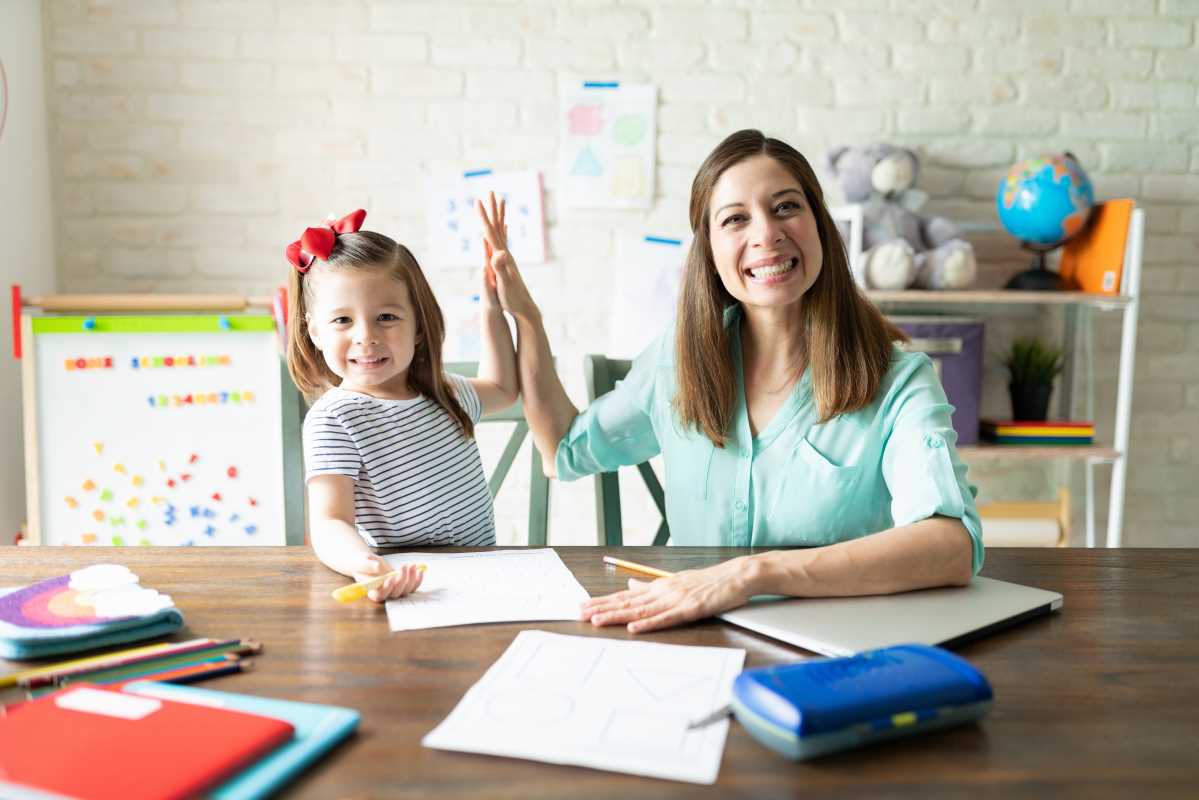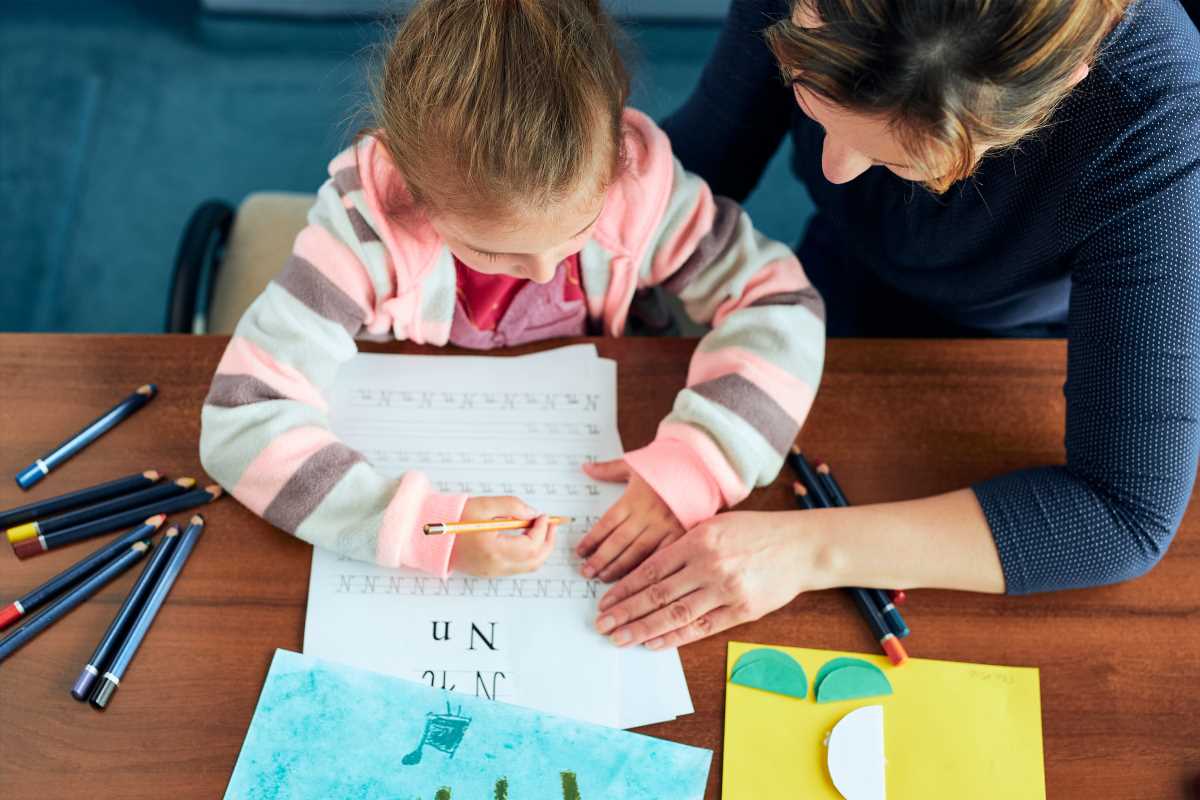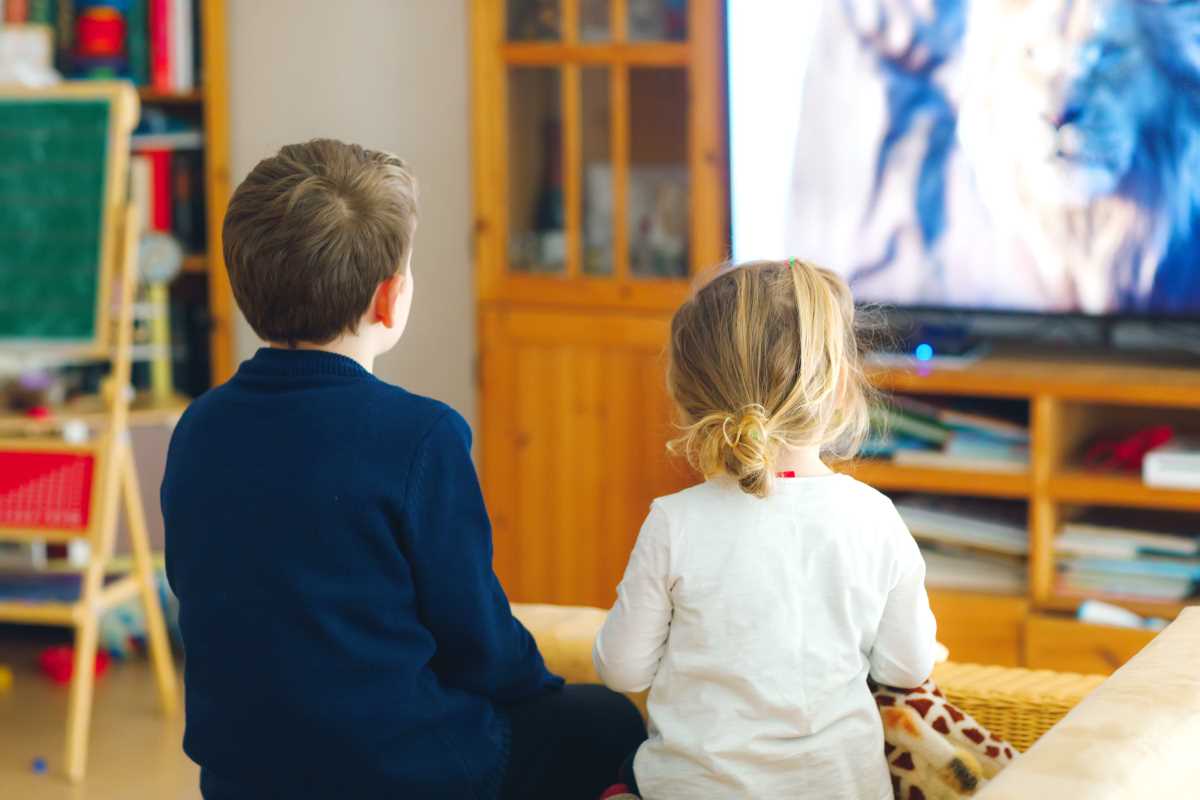Children experience the world in distinct ways, and each one processes information differently. Finding teaching methods that match your child’s individual needs, rather than expecting them to adapt to a single system, often leads to better results. When you recognize and respect different learning preferences, you open the door to more effective study habits and personal growth. Creating a customized educational path can make a noticeable difference, bringing greater satisfaction and progress in both home and school environments. By choosing approaches that reflect your child’s strengths, you help nurture confidence and a genuine love of learning.
Parents can watch for signals that their child may be experiencing difficulty with traditional learning methods. Observing changes in behavior, concentration, and emotional responses during everyday study time often indicates the need for a more flexible way of thinking about learning. Being open to alternative methods can really make a difference in how children engage with their lessons.
Signs of Learning Differences
Sometimes, your child might show signs that suggest a learning difference. These clues often appear subtly during homework or in interactions with others. Recognizing these signs early helps you find the best way to support their learning and growth.
Learning differences can involve areas like reading, writing, math, attention, or social interactions. Spotting these signs may point to challenges that need adjustments in teaching methods and classroom setups. Knowing common indicators guides you to find the right kind of support, making the educational process more suited to your child’s unique needs.
- Frequent frustration with subjects that other kids grasp quickly.
- Difficulty following sequential instructions or remembering details in lessons.
- Struggles with reading comprehension or written expression.
- Inconsistent performance across different subjects or school tasks.
- Social or behavioral changes when faced with academic tasks.
Trying Flexible Education Options
Not every classroom setting works well for every type of learner. Flexible options allow you to combine different learning experiences beyond traditional school hours. Some families find that changing the daily schedule or class format provides relief and makes learning more enjoyable. Options that move away from the usual school routine can help kids develop a love for learning in their own way.
Flexible education paths let you create a learning environment that meets specific needs and routines. Keeping an open mind about different education routes leads to creative setups that can adapt content, pace, and teaching styles effectively.
- Homeschooling that customizes lessons to match your child's pace.
- Online programs offering flexible times and interactive resources.
- Alternative schools that experiment with curriculum structures and teaching methods.
- Hybrid programs that combine classroom time with home-based learning.
- Community-based educational projects that involve group learning and real-world applications.
Making Education at Home Work
Bringing lessons into your home allows parents to incorporate learning into daily life in a more relaxed and personalized way. Set up a cozy study area free from distractions where your child can explore subjects at their own pace. Mixing traditional homework with interactive projects or discussions adds fun and spontaneity to the routine.
Try breaking tasks into small, manageable parts and taking regular breaks. Visual aids like charts, videos, or even dinner-time discussions can help make complex ideas easier to understand. Let your child lead sometimes when planning their schedule or choosing topics to explore, which can make the process feel more like a shared adventure than a strict routine.
Working with Teachers and Support Networks
Forming a close relationship with teachers and school counselors opens opportunities for approaches tailored to your child's needs. Share your observations and experiences regularly, and ask them to suggest suitable modifications during class hours. Open communication not only builds a supportive bond but also helps educators modify their methods accordingly.
Look into local support groups and community networks that focus on learning differences. Connected families often share practical tips and honest insights that can transform your approach to education. Creating a network of parents, teachers, and professionals helps you establish a consistent environment that feels caring and supportive for your child.
Using Resources to Support Learning Differences
Finding the right resources makes a big difference. Many books, online tutorials, and interactive games introduce learning concepts in new ways.
Public libraries and educational websites serve as treasure troves of information tailored to many learning needs. Look for tools that provide visual and hands-on experiences, especially useful for children who find conventional educational formats challenging. Try different methods until you discover what resonates with both your child and your teaching style.
Getting the right balance in education might require some extra effort initially, but adjusting to your child's learning differences can yield lasting benefits. Exploring a variety of flexible options helps you build an environment where curiosity stays alive and each lesson feels more natural.
Keep experimenting with new adaptations and communicate openly with everyone involved in your child's learning. Flexibility can turn daily challenges into opportunities for growth.
 (Image via
(Image via





